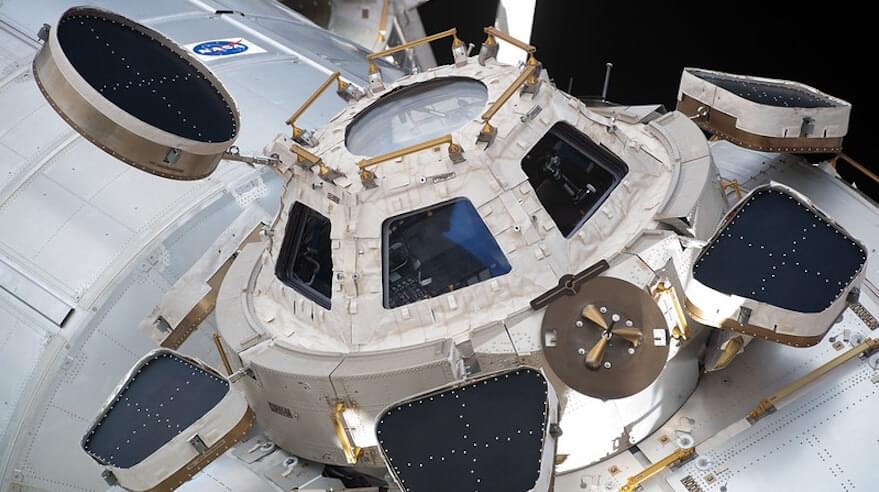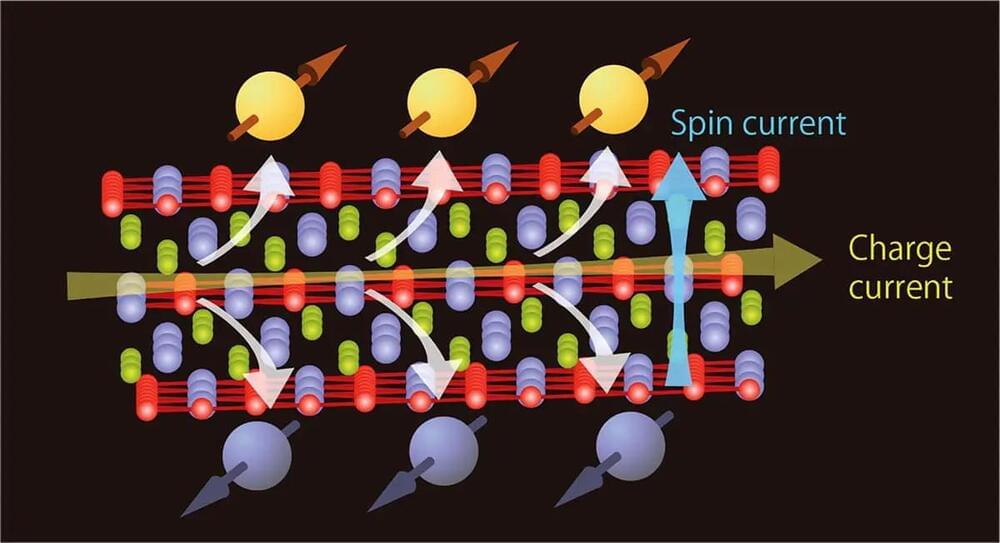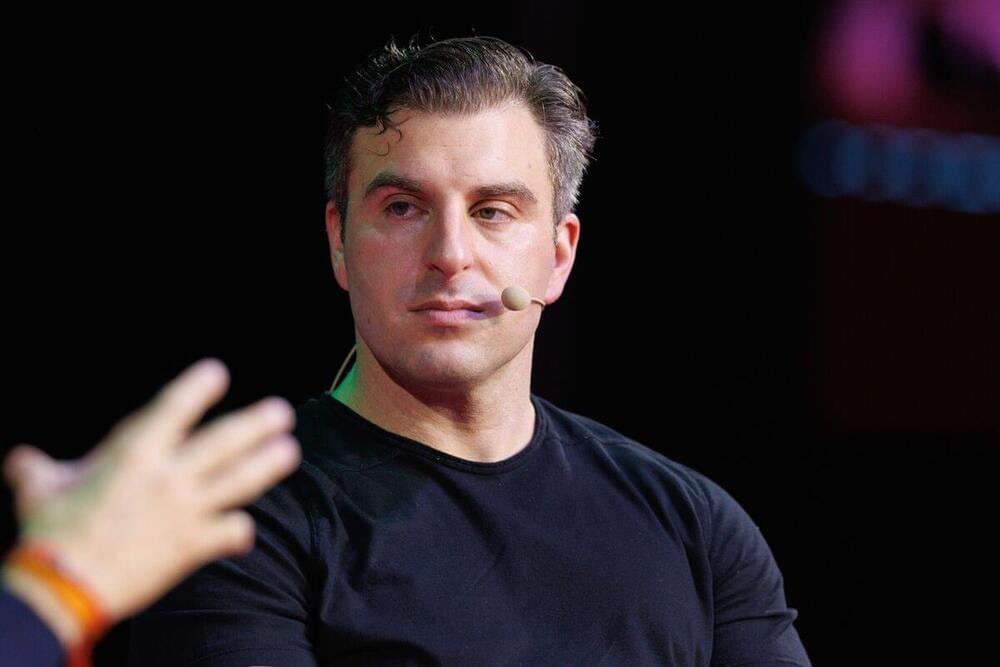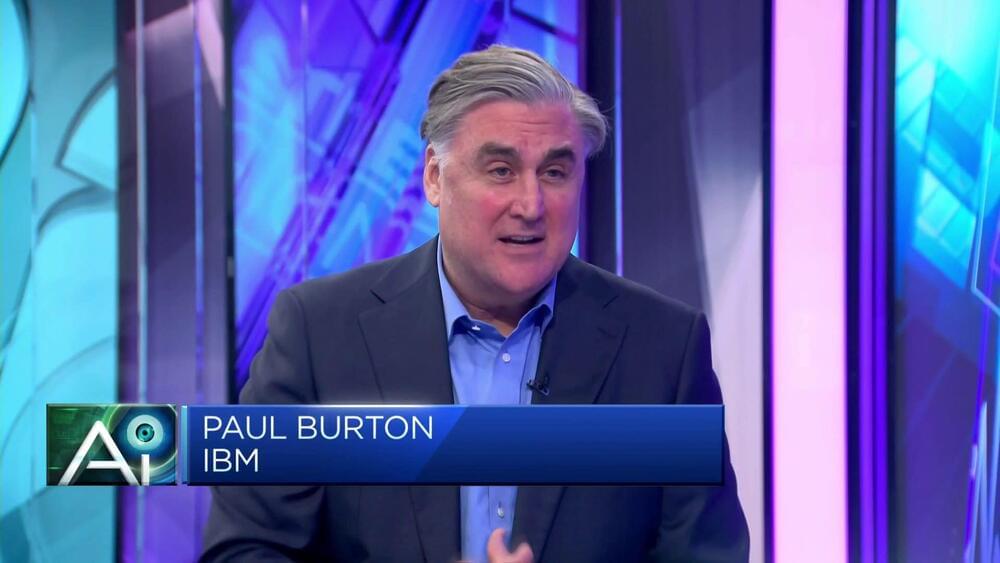Provided manufacturers can find enough raw materials to make them | Science & technology.


150 YEARS MAXIMUM BIOLOGICAL AGE — “We observed, that the age-dependent population DOSI distribution broadening could be explained by a progressive loss of physiological resilience measured by the DOSI auto-correlation time. Extrapolation of this trend suggested that DOSI recovery time and variance would simultaneously diverge at a critical point of 120 − 150 years of age corresponding to a complete loss of resilience. The observation was immediately confirmed by the independent analysis of correlation properties of intraday physical activity levels fluctuations collected by wearable devices. We conclude that the criticality resulting in the end of life is an intrinsic biological property of an organism that is independent of stress factors and signifies a fundamental or absolute limit of human lifespan.”
We investigated the dynamic properties of the organism state fluctuations along individual aging trajectories in a large longitudinal database of CBC measurements from a consumer diagnostics laboratory. To simplify the analysis, we used a log-linear mortality estimate from the CBC variables as a single quantitative measure of aging process, henceforth referred to as dynamic organism state index (DOSI). We observed, that the age-dependent population DOSI distribution broadening could be explained by a progressive loss of physiological resilience measured by the DOSI auto-correlation time. Extrapolation of this trend suggested that DOSI recovery time and variance would simultaneously diverge at a critical point of 120 − 150 years of age corresponding to a complete loss of resilience. The observation was immediately confirmed by the independent analysis of correlation properties of intraday physical activity levels fluctuations collected by wearable devices. We conclude that the criticality resulting in the end of life is an intrinsic biological property of an organism that is independent of stress factors and signifies a fundamental or absolute limit of human lifespan.
P.O. Fedichev is a shareholder of Gero LLC. A.Gudkov is a member of Gero LLC Advisory Board. T.V. Pyrkov, K. Avchaciov, A.E. Tarkhov, L. Menshikov, and P.O. Fedichev are employees of Gero LLC.

Search giant Google is celebrating its 25th birthday today with a special doodle and by thanking its users. The idea of Google was born when Larry Page and Sergey Brin met at a Stanford University dormitory in 1995. Reportedly, Brin and Page made the search engine as part of a PhD project in 1998. The startup earlier called BackRub has gone on to become one of the most valuable and influential companies in the world.
In a blog post celebrating the 25th birthday of Google, the company wrote, “We may be a technology company, but Google is what it is today because of people: Our employees, our partners, and most importantly, all the people who use our products. So as we celebrate our 25th birthday today, we’re also celebrating 25 years of your curiosity. After all, your curiosity is what has fueled us — and our progress.”
In a blog post updating about the 25th birthday celebrations, Google informed that today’s Google Doodle honours the evolution of the Google logo over the last quarter century.



Researchers highlight the potential of cobalt-tin-sulfur in spintronic devices, revealing its capability to reduce energy consumption and heralding a new era in electronics.
A team of researchers has made a significant breakthrough that could revolutionize next-generation electronics by enabling non-volatility, large-scale integration, low power consumption, high speed, and high reliability in spintronic devices.
Details of their findings were published recently in the journal Physical Review B.

In the biomedical field, optical characterization of cells and tissues is a valuable tool for understanding physiological mechanisms. Current biomedical optical imaging techniques include fluorescence imaging [1], confocal microscopy [2], optical coherence tomography [3], two-photon microscopy [4], near-infrared spectroscopy [5], and diffuse optical tomography [6]. These techniques have significantly advanced biomedical technology and are widely used for both preclinical and clinical purposes. However, the strong optical scattering within turbid biological tissues fundamentally limits the imaging depth of these pure optical imaging techniques to no deeper than the optical ballistic depth ( 1 mm). Thus, their observation depth is superficial and other imaging modalities are needed to explore deeper layers of biological tissue [7].
Photoacoustic imaging (PAI), a promising biomedical technique, achieves superior imaging depths by forming images from optically-derived acoustic signals, which inherently attenuate less than optical signals in biological tissue [8, 9, 10]. PAI is based on the photoacoustic (PA) effect, in which energy is converted from light to acoustic waves via thermoelastic expansion [11,12,13,14,15,16]. To generate PA waves, a laser beam with a typical pulse width of a few nanoseconds illuminates the target tissue. The optical chromophores in biological tissue absorb the light energy and then release the energy soon after. The energy release can can occur as either light energy with a slightly shifted wavelength or as thermal energy that causes thermoelastic expansion. In PAI, the rapidly alternating thermoelastic expansion and contraction caused by pulsed light illumination generates vibrations in tissue that propagate as acoustic waves called PA waves. The generated PA waves can be detected by conventional ultrasound (US) transducers for image generation. Because PAI and ultrasound imaging (USI) share the same signal reception and image reconstruction principle, the two modalities are technically fully compatible and can be implemented in a single US imaging platform accompanied with pulse laser source [17,18,19,20,21]. Since PAI can capture the photochemical properties of the target site, combining PAI with USI can provide both chemical and structural information about a target tissue.
One distinctive advantage of PAI is that its resolution and imaging depth can be adjusted to suit a specific target area. The resolution of PA signals depends on both the optical focus of the excitation laser and the acoustic focus of the receiving US transducer [22], so images with tuned spatial resolutions and imaging depths can be achieved by modifying the system configuration [23]. PAI’s wide applications to date have included nanoscale surface and organelle imaging [24,25,26,27,28], microscale cellular imaging [29,30,31,32], macroscale small animal imaging [33,34,35], and clinical human imaging [36,37,38].

If you haven’t had the experience yourself, you’ve likely heard the horror stories: Someone shows up to their Airbnb and finds the pool is overgrown with algae. The heat doesn’t work. Or a booking gets canceled at the last minute leaving travelers without a place to stay. Consistency and reliability have become an enormous Achilles heel for Airbnb, an issue that Chesky has long described as a managerial crisis that requires wrapping his arms around millions of hosts in hundreds of thousands of locations—and not stripping them of their individuality.
“Our system,” says Chesky—referring to the disruptive tech platform where “adventurous travelers” could buy and sell products (in this case, rooms or homes), process secure payments and leave reviews—“was designed for a much smaller company which grew like crazy.”
“To use a precise metaphor, it’s kind of like we never fully built the foundation. Like, we had a house and it had four pillars when we needed to have 10.”

A new study finds artificial intelligence could help predict pancreatic cancer. Dr. Chris Sander, one of the co-authors of the study, joined CBS News to talk about the findings.
#news #ai #cancer.
CBS News Streaming Network is the premier 24/7 anchored streaming news service from CBS News and Stations, available free to everyone with access to the Internet. The CBS News Streaming Network is your destination for breaking news, live events and original reporting locally, nationally and around the globe. Launched in November 2014 as CBSN, the CBS News Streaming Network is available live in 91 countries and on 30 digital platforms and apps, as well as on CBSNews.com and Paramount+.
Watch CBS News: https://cbsn.ws/1PlLpZ7c.
Download the CBS News app: https://cbsn.ws/1Xb1WC8
Follow CBS News on Instagram: https://www.instagram.com/cbsnews/
Like CBS News on Facebook: https://facebook.com/cbsnews.
Follow CBS News on Twitter: https://twitter.com/cbsnews.
Try Paramount+ free: https://bit.ly/2OiW1kZ
For video licensing inquiries, contact: [email protected]